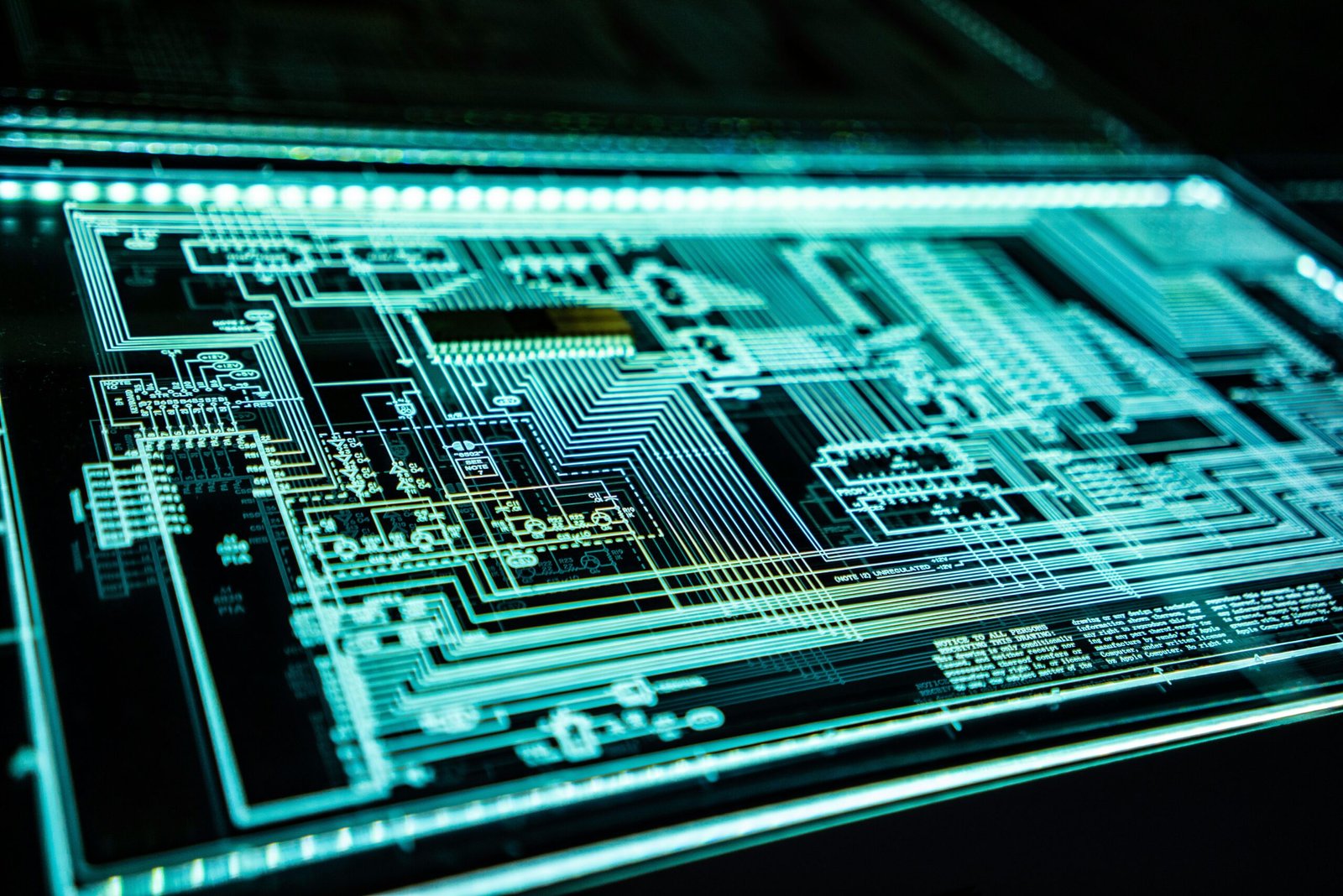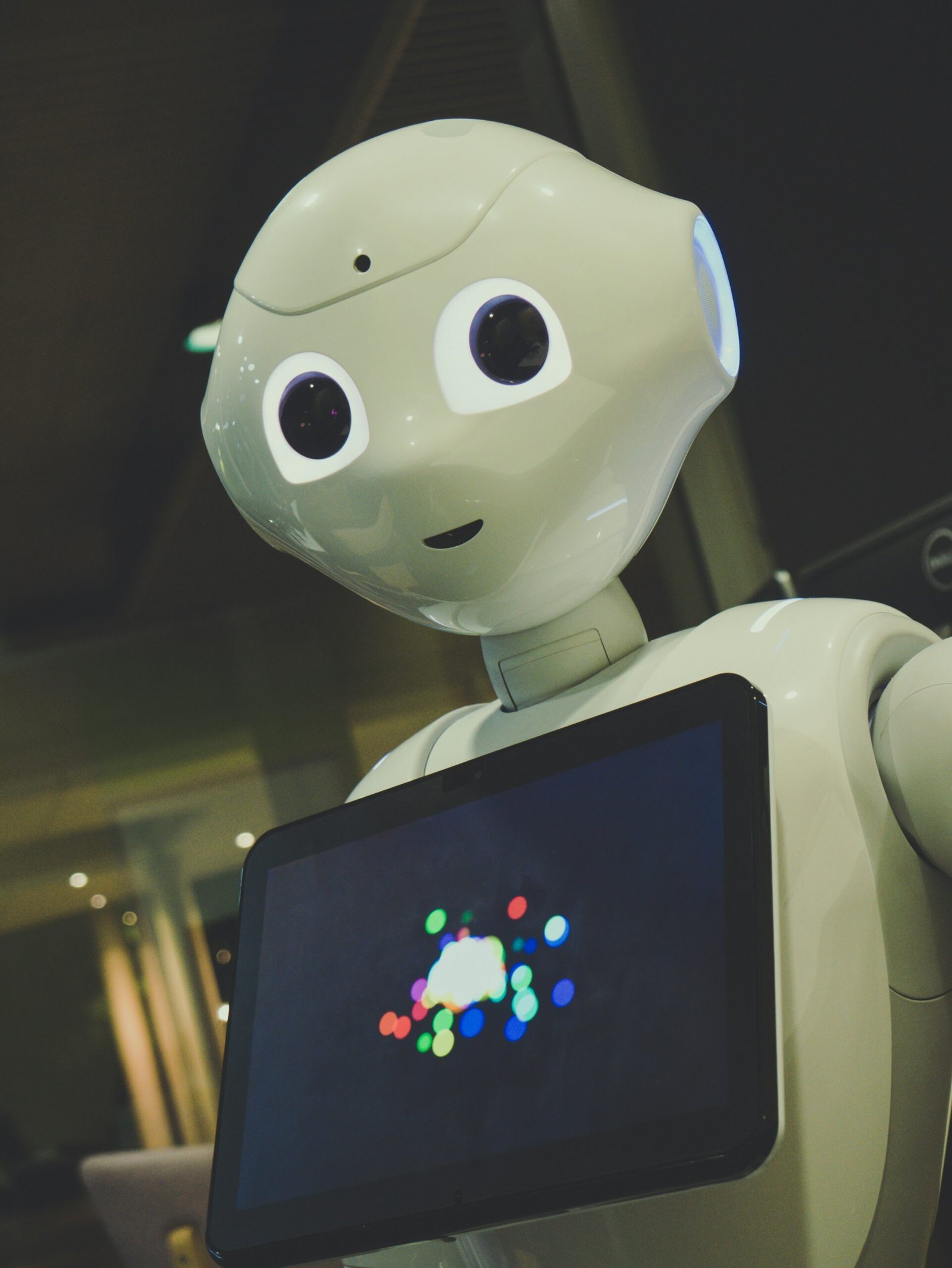The Evolution of User Experience
User experience (UX) has come a long way since the early days of the internet. From simple websites with static pages to interactive applications on smartphones, the focus has always been on creating intuitive and enjoyable experiences for users. As technology continues to advance, so does the potential for innovation in UX. One area that holds great promise for the future is intelligent UX.
What is Intelligent UX?
Intelligent UX refers to the integration of artificial intelligence (AI) and machine learning (ML) technologies into the user experience design process. By leveraging these technologies, designers can create interfaces that adapt to user behavior, preferences, and needs. This allows for a more personalized and efficient interaction between users and digital products.
The Benefits of Intelligent UX
Intelligent UX offers numerous benefits for both users and businesses. For users, it means a more seamless and tailored experience. Imagine a website or app that understands your preferences and anticipates your needs, making recommendations and guiding you through tasks effortlessly. This level of personalization enhances user satisfaction and engagement.
From a business perspective, intelligent UX can lead to increased customer loyalty and higher conversion rates. By understanding user behavior and preferences, businesses can deliver targeted content and offers, resulting in a more personalized and effective marketing strategy. Additionally, intelligent UX can help identify and address user pain points, improving overall customer satisfaction.
Innovations in Intelligent UX
There are several exciting innovations in intelligent UX that are shaping the future of interaction. Let’s explore some of these advancements:
1. Voice User Interfaces (VUI)
Voice assistants like Siri, Alexa, and Google Assistant have become increasingly popular in recent years. VUI allows users to interact with digital products using natural language, making the experience more conversational and intuitive. As voice recognition technology continues to improve, VUI will play a significant role in intelligent UX.
2. Chatbots and Virtual Assistants
Chatbots and virtual assistants are becoming commonplace in customer service and support. These AI-powered tools can understand and respond to user queries, providing assistance and information in real-time. By integrating chatbots into websites and applications, businesses can offer immediate support and enhance the overall user experience.
3. Predictive Analytics
Predictive analytics uses historical data and machine learning algorithms to anticipate user behavior and preferences. By analyzing patterns and trends, digital products can make intelligent recommendations and suggestions to users. This level of personalization enhances user engagement and streamlines the decision-making process.
4. Augmented Reality (AR) and Virtual Reality (VR)
AR and VR technologies are revolutionizing the way users interact with digital content. By overlaying virtual elements onto the real world or immersing users in virtual environments, AR and VR offer unique and immersive experiences. Intelligent UX can leverage these technologies to create interactive and engaging interfaces.
5. Context-Aware Design
Context-aware design takes into account the user’s environment, location, and situation to provide relevant and timely information. For example, a weather app that automatically updates the user’s location and provides local forecasts. By adapting to the user’s context, digital products can deliver a more personalized and useful experience.
The Future is Intelligent
As AI and ML technologies continue to advance, the possibilities for intelligent UX are limitless. From personalized recommendations to adaptive interfaces, intelligent UX has the potential to revolutionize the way we interact with digital products. However, it is crucial to balance innovation with ethical considerations, ensuring that user privacy and data security are prioritized.
In conclusion, the future of interaction lies in the innovations of intelligent UX. By integrating AI and ML technologies, designers can create interfaces that are personalized, efficient, and engaging. As users, we can look forward to a more seamless and enjoyable digital experience, while businesses can benefit from increased customer satisfaction and loyalty. The future is indeed intelligent, and the possibilities are endless.












Leave a Reply